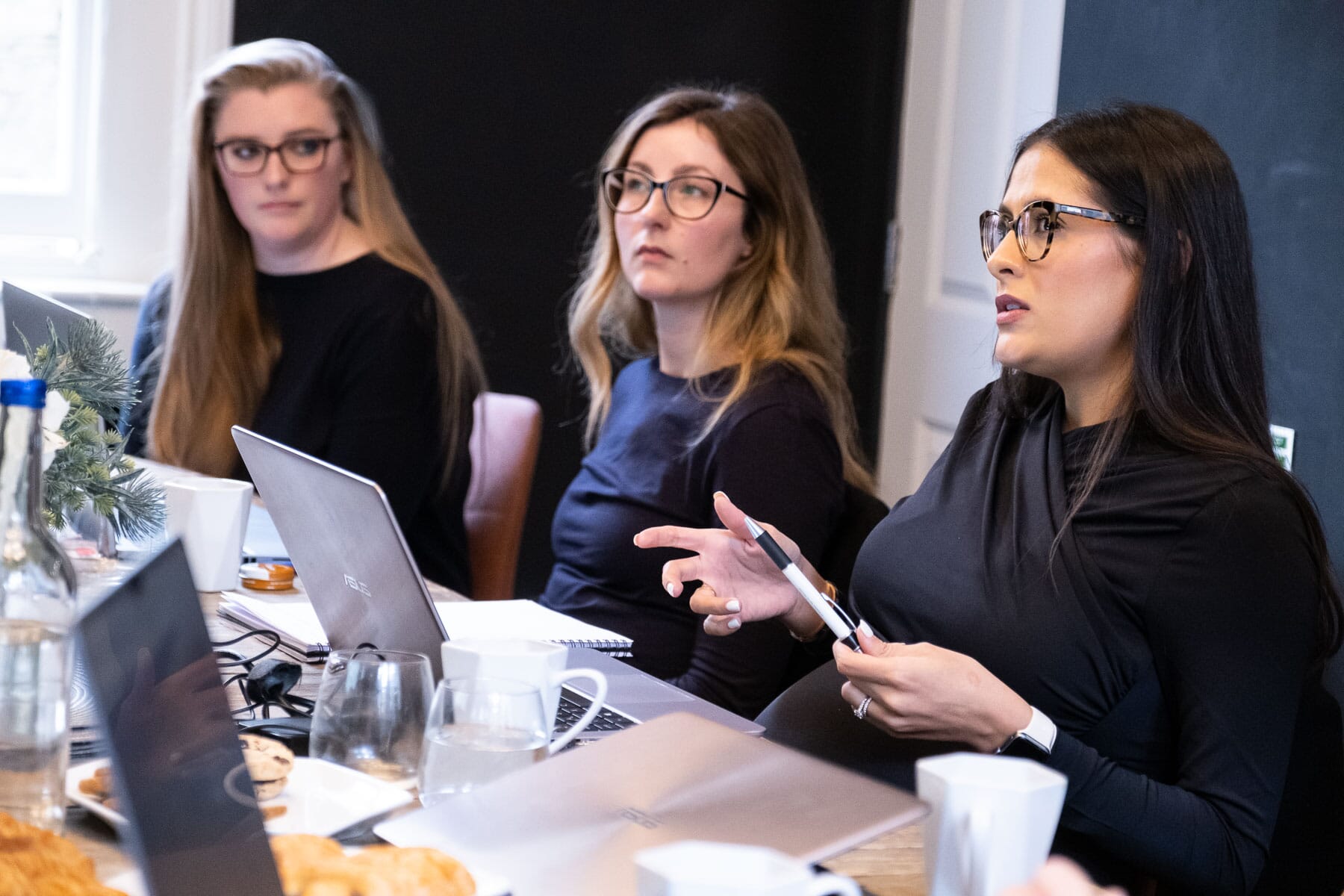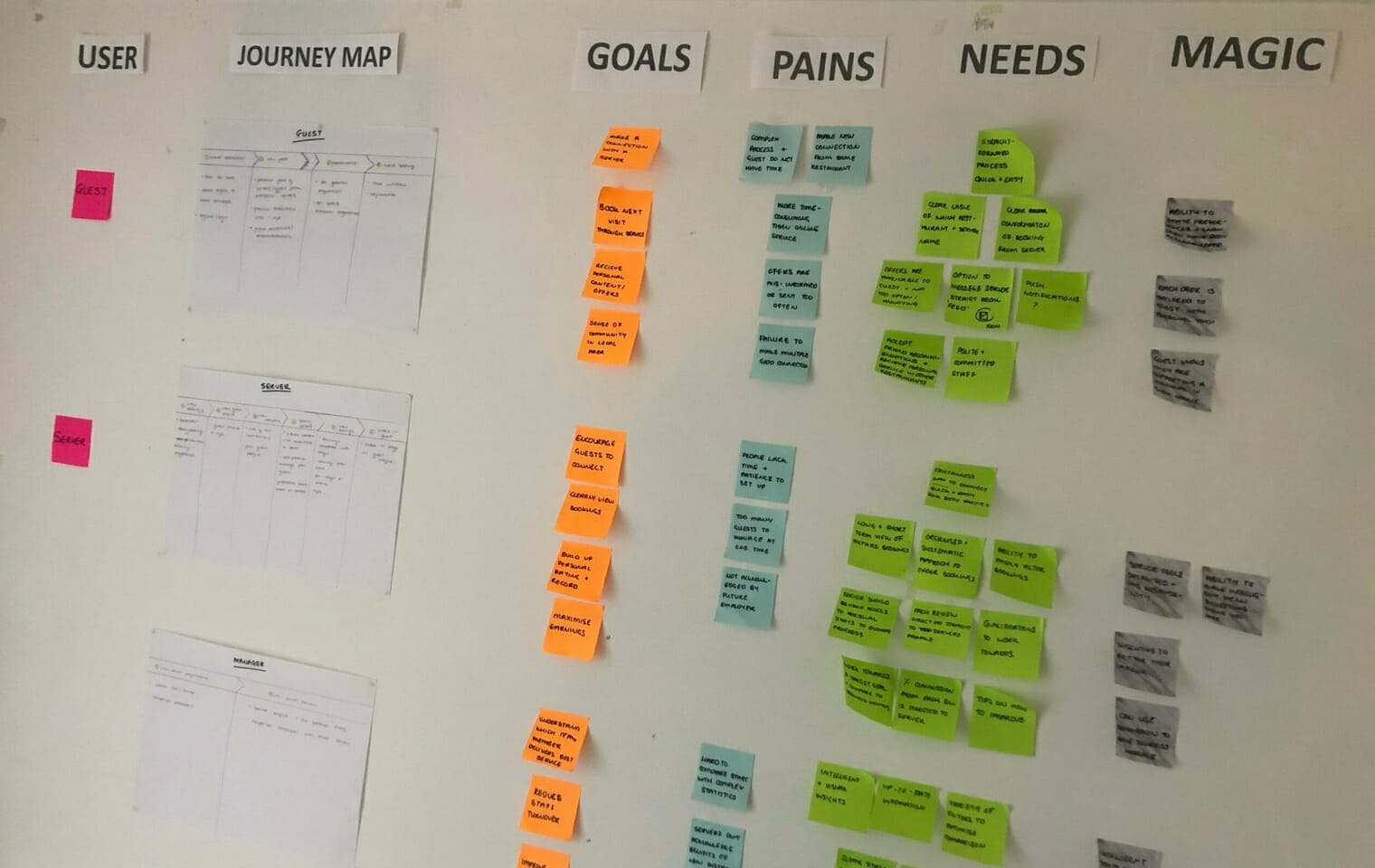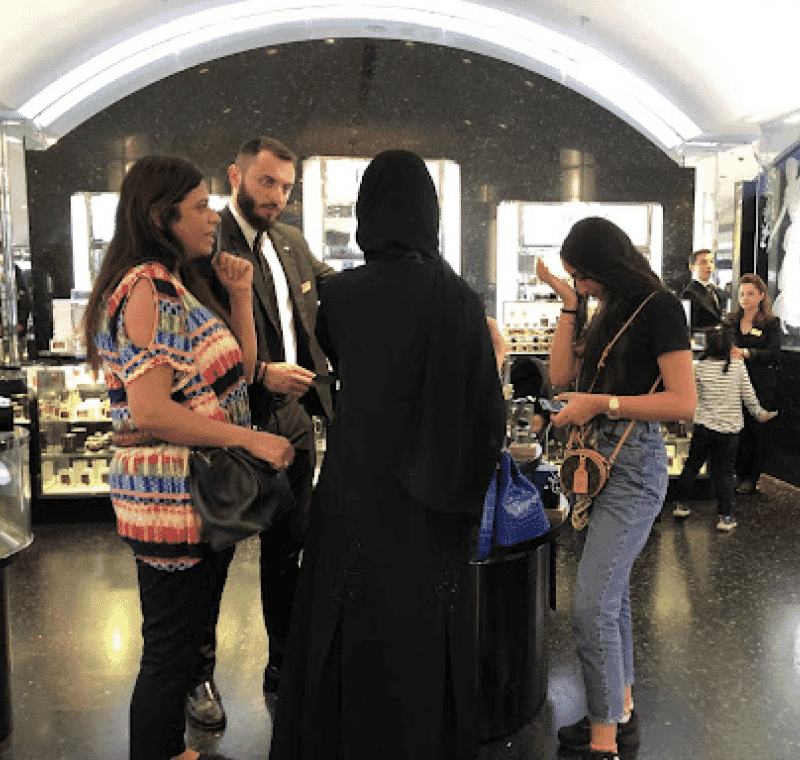Why participant selection matters
So, gathering data from poorly selected participants not only wastes time, but also business resources. Teams can spend weeks running research that fails to deliver meaningful results because the participants don’t match the audience the product is actually for. On the other hand, identifying participants who genuinely represent your users improves the reliability of your findings and makes research sessions far more valuable.






